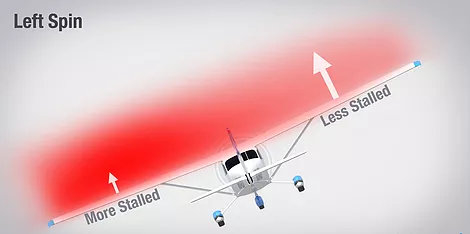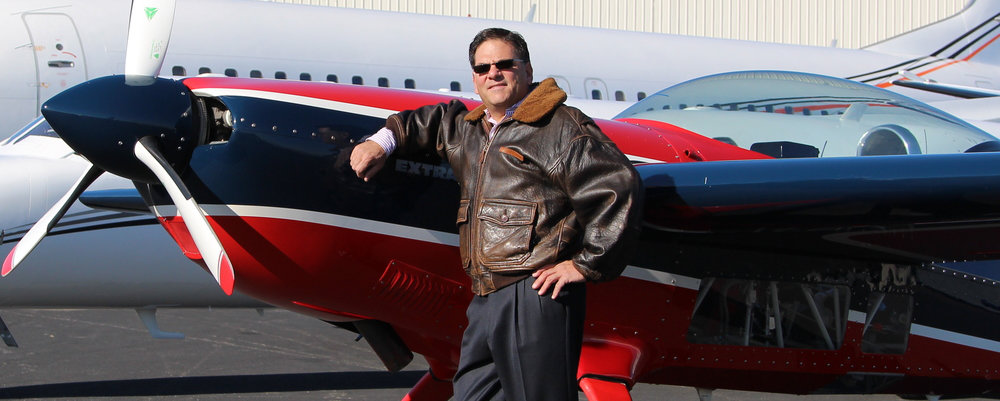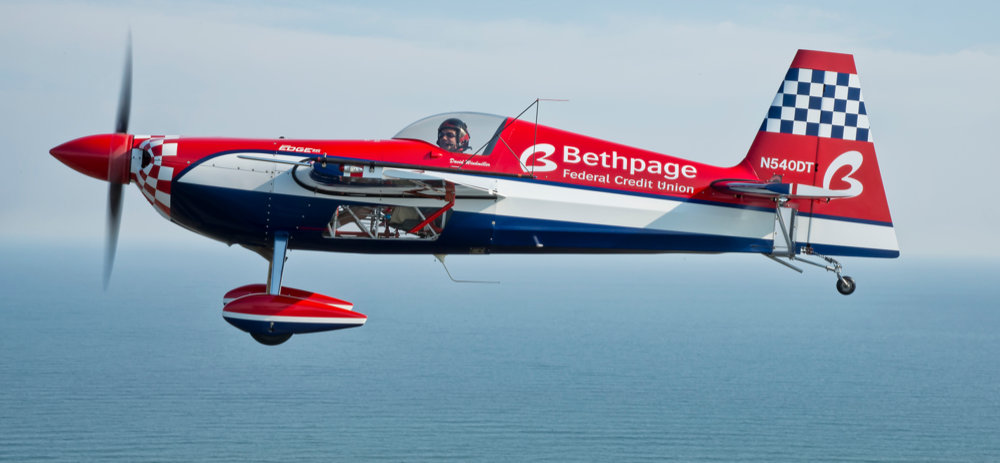Safety
Security Skill
"For an aerobatic pilot, there are no unusual attitudes."
More and more time is spent during training on learning today's sophisticated avionics. Therefore less and less time is spent on basic flying. Simulators work well for teaching and practicing aircraft malfunctions as well as flight characteristics of aircraft up to and at stall conditions. Only in actual aircraft can a pilot encounter true stall and spin characteristics. Proper feedback is necessary for establishing muscle memory actions for safe reaction in actual emergencies.

Safety:
From a passenger's standpoint, there is no question that being in an airplane with a pilot who knows how to fly a plane besides just reading the instruments makes for a safer feeling and a better flying experience. We've all been on flights where the turbulence scares passengers who are not trained pilots.Knowing that the person in control can maintain control even when it seems that control is lost is a huge relief, and can transform a scary experience into an adventure.
Security:
From an insurance and liability standpoint, UPRT training is more than just passenger safety and pilot skill. This kind of seat-of-the-pants flying is getting noticed, especially after recent incidents involving pilot error when trying to read faulty or incomplete screen and instrument displays. Airline, charter and private aviation businesses should all guarantee passengers that their pilots are equipped to fly airplanes in the most demanding emergency situations.Skill:
What pilot doesn't want to be the best? UPRT training should be motivational, exponential and fun, and the outcome will be a more in-demand pilot and a pilot that can say definitively that he or she is better than their contemporaries and their competition.
Instructor
and Plane
David Windmiller - Chief Pilot
A US Team aerobatic pilot.
Ratings: SE, ME, Land, Sea, Rotorcraft, Glider, Turbo Prop, Turbo Jet, CFI, MEI.
Experience: 18,000+ hours TT, 8000+ hours of actual unusual attitude flying and instruction.
David's Drive:
"After 18,000+ hours of flying over 36 years, I have seen way too many accidents that could and should have been avoided. The lack of knowledge, skill or a combination of both, allowed these horrific disasters to happen.”

Extra EA-300
2-seat Aerobatic Capable Aircraft
Max Speed: 216kn
Stall Speed: 55kn
Roll Rate: 400 degress per sec.
We use the Extra 300 for in-plane flight missions, because of its ability to provide the instructor and student the opportunity to practice extreme loss-of-control scenarios in a safe manner.

